An itinerary to explore
CALABRIAN COAST
A land surrounded by the sea, a thousand colors and a thousand scents; The Calabrian coasts are an itinerary to explore! Not by chance every stretch of coast, depending on its vegetation, the colour of its sea, its sunsets and its sunrises, is defined with a colour: The purple coast, the Jasmine Coast, the white sands of Tropea, the red sands of Crotone. Pampered by a sweet climate from April to October, the Calabria offers the possibility of pleasant holidays in all the seasons.
“I love you Calabria for the absorbed silences of your woods that reconcile the dreams of the shepherds and the ecstasy of the hermits. I love you for that river of trees that from the mountain TIMPs arrives to the two seas to drink the wind of the wide mixed with the aroma of myrtle. I love you for the solitary calanques closed by cliffs that take color of the seaweed born from the spray of the wave.-Leonidas Rèpaci-
Western charm
WEST
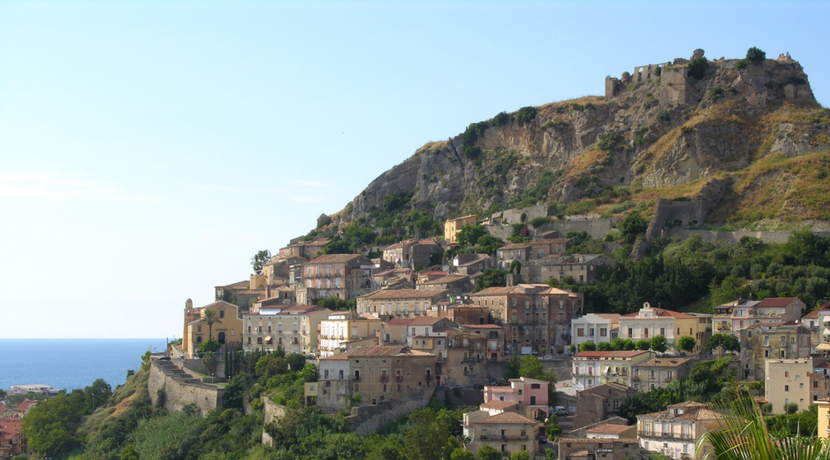
AMANTEA
The most fascinating presence is surely that of the Tyrrhenian Sea, limpid and with turquoise reflections on the shore, where it reveals the gold-coloured sand, among the preferred destinations of those who move by boat starting from this area, are the rocks of Isca, small Rocky fragments emerge from the waves where you can explore wonderful seabed.
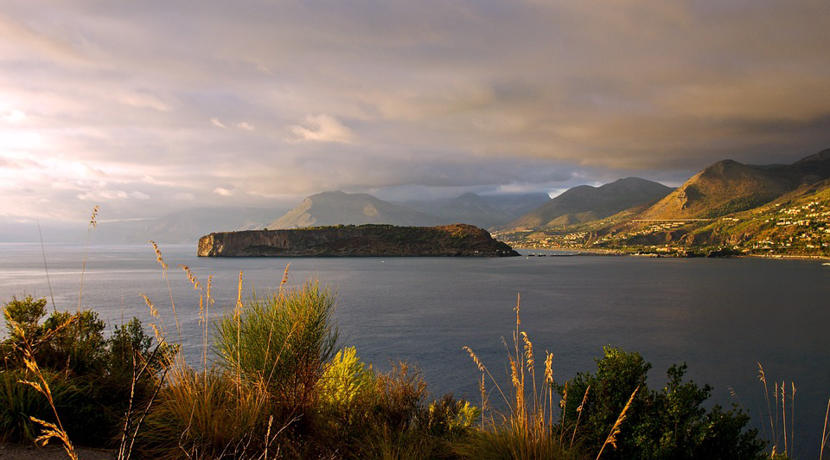
ISOLA DI DINO
Some believe that the name derives from the presence of a temple (Aedino) consecrated by the sailors to Venus which had to fill with splendor and to make favorable their crossings along the coast. The Goddess then gave this place the splendor of the sun and the almost motionless glitter of the sea. The perimeter of the island, deprived of beach, measuring 3 kilometers, along the same there are very interesting caves in part eroded by swell.
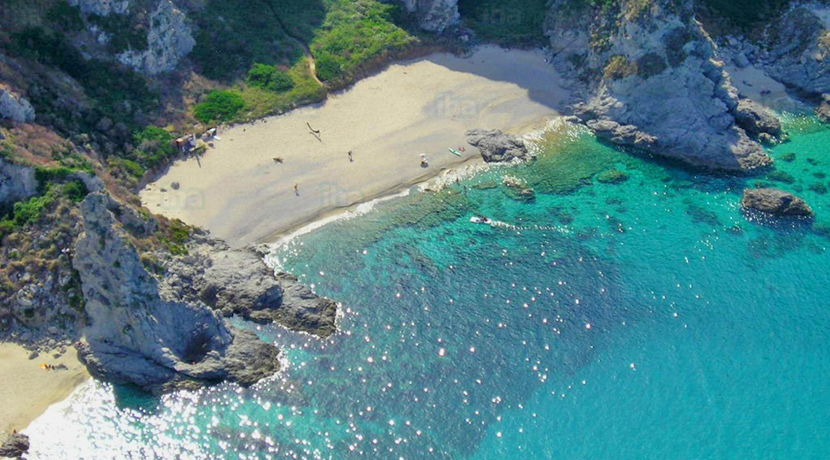
COAST OF THE GODS
The coast of the gods is certainly among the most beautiful coasts to the west of the lower Tyrrhenian Sea. It stretches for about 55 km, characterized by white beaches with jagged rocks that can be visited only on foot or by boat. The coast of the gods is characterised by lush vegetation and beautiful landscape landscapes and by a hilly and mountainous hinterland still to be exploited. Along the coastline of the coast of the gods there is a unique spectacle for its kind, unique because you can find all the types of coasts present in Italy. From the wide and connected sandy beaches to the surrounding plains, to the high coasts to which are followed by sandy bays interspersed with rocky ridges.
The coast is characterized by high depths up to a short distance from the ground. The morphological characteristics of the coastal strip show a wide sandy coastline – pebbly, wild and jagged, frequently defended by urbanized propagarky, by wooded green areas (generally formed by eucalyptus and maritime pines or by extensive Bands of Mediterranean stains).
The beauties in the east
EAST
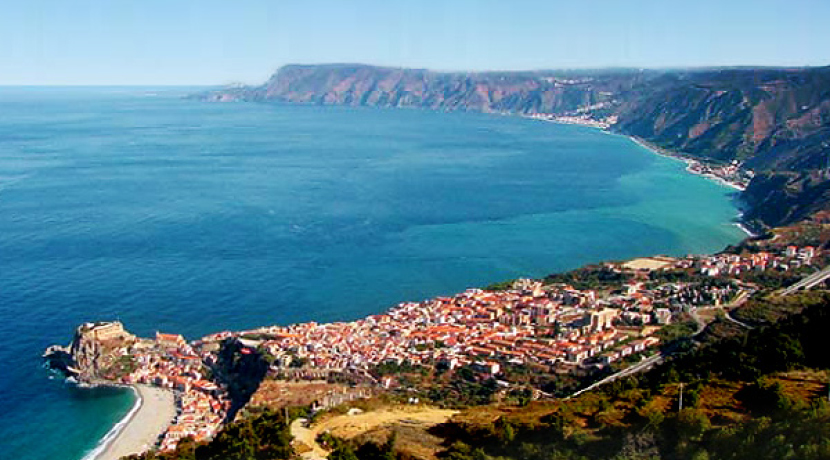
COSTA JONICA
The Ionian coast is one of the most spectacular coasts to see in Italy. This not only offers a sea with clear waters and fascinating landscapes, but also paths to discover the history, with the numerous sites archeologists, dunes, coastal towers, coves and expanses of white sand, spectacular seabed and last but not least, for the His food and his traditions.
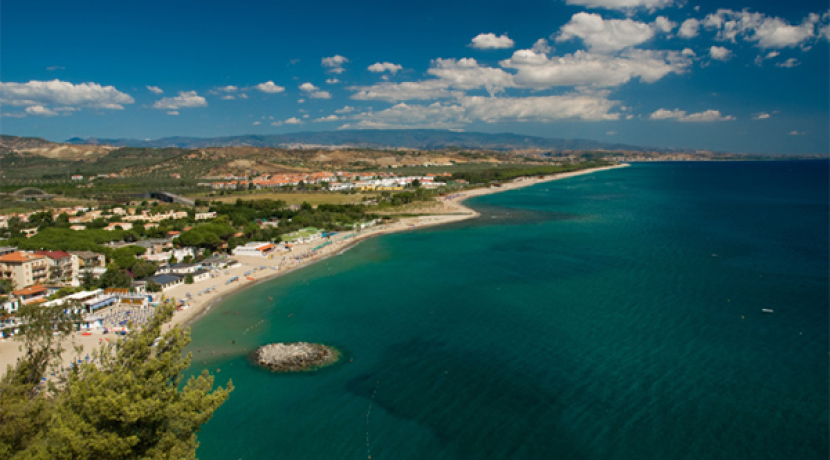
GOLFO DI SQUILLACE
The Gulf of Squillace, which stretches from the island of Capo Rizzuto to Monasterace, is undoubtedly one of those places to stop so as to enjoy the unique atmosphere of Calabria. Here there are two of the most beautiful beaches of the entire region: the coast of Jasmine, from the deeply Mediterranean air, and the coast of oranges, characterized by granite cliffs, small naturalistic oasis and suggestive villages.
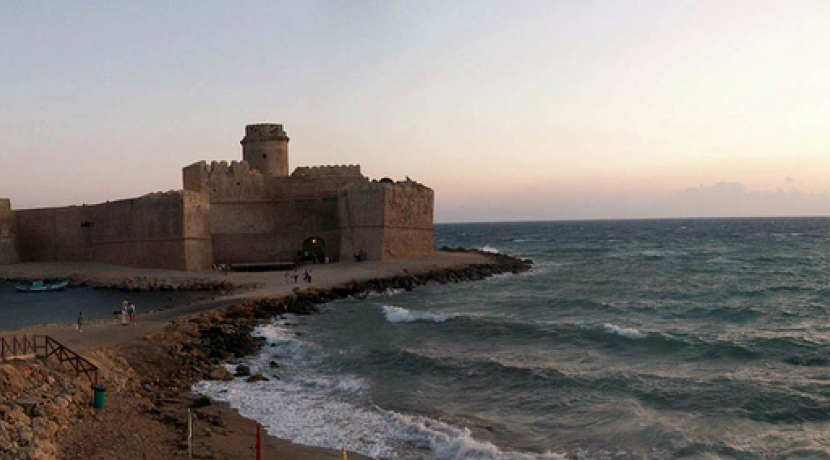
CAPO RIZZUTO ISLAND
Banks cliffs, vast prairies of posidonia, characterize instead the sea of Isola Capo Rizzuto, but also ancient wrecks and remains of Greek walls. They are really not to miss the seabed around the promontory of Capo Rizzuto, where they open on the clear sea and irresistible small coves between the cliffs. Even the beach (that of Le Castella for example) is worth visiting for its unusual color that turns on the red.
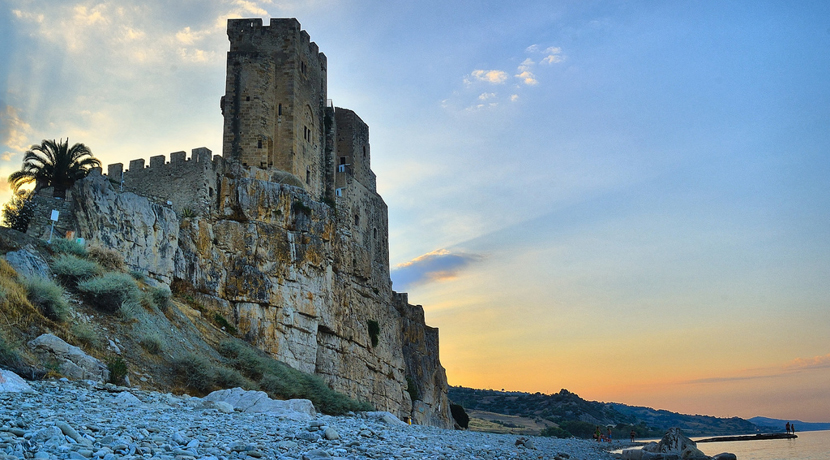
BEACH OF ROSETO CAPE SPULICO
Characterized by a coastline of pebbles and gravel, surrounded by vast pinewoods, this landscape at times rugged and wild, hides in its seabed a world generously rich and vital, with its clear waters thanks to rocky bottoms. The most fascinating point of this beach is the one in which stands the medieval castle of Roseto, characterized by a marked verticality, at the foot of which the waves of the Ionian Sea break.
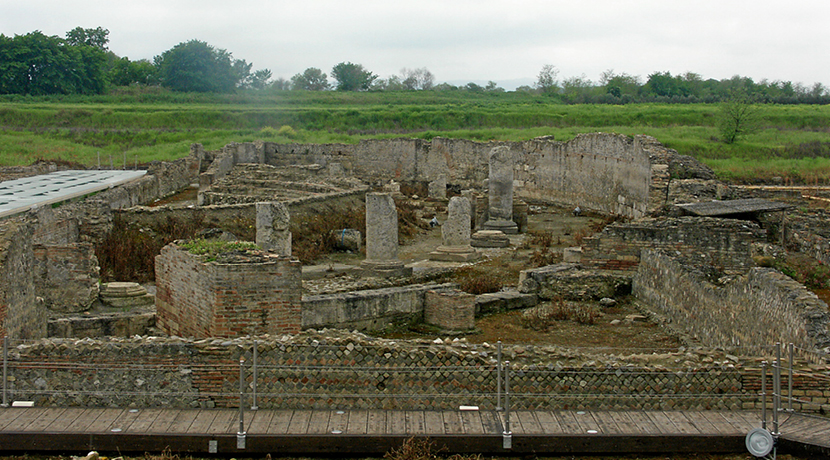
SIBARI
Sibari, a country rich in history, given its flat area between the massive Pollino, saw the rise of the birth of an important center of Magna Grecia. It is an ideal destination for the dynamic tourist, who can move from the sea where the beauty is in the breadth of its beaches, to the mountain clearly visible on clear days, and not far away.
Following the Coast of the Gods
NORTH TO SOUTH
Following the coast from north to south the most important points of interest are: Pizzo Calabro, Vibo Valentia, Briatico, Zambrone, Parghelia, our Tropea, Ricadi, Joppolo and Nicotera.Pizzo, is a small village perched on a tufaceous promontory overlooking the sea. Famous for its truffle and for its tuna fishing; Today, the modern town of Pizzo is the destination of many tourists, attracted by its beaches and its crystal clear sea.
Briatico, stands on a stretch of rocky coastline and suggestive for its panoramas and for its soft and almost white sand.Zambrone, today is a town well served from the point of view receptive and tourist, where you can enjoy its specialties (famous for its oil and the production of beans, called “butter”) and all comforts and services.
Parghelia, is another very popular coastal center, famous for the stretch of beach “La Pizzuta”, so called for the pinnacles of granite rock that are silhouetted from the sea.After Tropea, a vast tourist area is the head of the Vatican, in the commune of Ricadi, which counts among the 100 most beautiful beaches in the world. The most striking bay is that of Grotticelle, formed by three nearby beaches. The sea is lovely and the seabed all to explore.
It is only ten minutes from Tropea and is one of the most visited areas by tourists, because of its wild and unspoilt nature and its breathtaking views that range up to the Aeolian Islands.Joppolo is situated on a tuffaceous cliff overlooking the Bay of Gioia Tauro and from here it is possible to admire the historical center, rich of testimonies of a past at times shrouded in mystery. Its beach is of coarse and smooth pebbles and is bathed by a crystalline sea and high seabed. For those looking for fine sand, you can choose the beach of Marina di Coccorino, surrounded by the green of the Mediterranean scrub. The small village of Nicotera Marina, instead, hides many riches made of history and natural beauties. Its wide beaches and its fine golden sand allow long stops being also well equipped with villages, hotels and Lidos, a beach as has been said sometimes “to the extent of children” for its clean waters and its beaches equipped with every useful service.But the Calabria is much more, that a simple tourist guide could not explain, then come, live it, share it and especially love it
A picturesque stretch of coastline
COSTA BELLA
The sea is the backdrop to small and picturesque villages that make this part of Costa is also called Costa Bella, just for its wonderful coastline, its evocative naturalistic landscapes that follow one another along its path and for its wonderful Overlooking the Aeolian Islands, which are about thirty kilometres away.


















